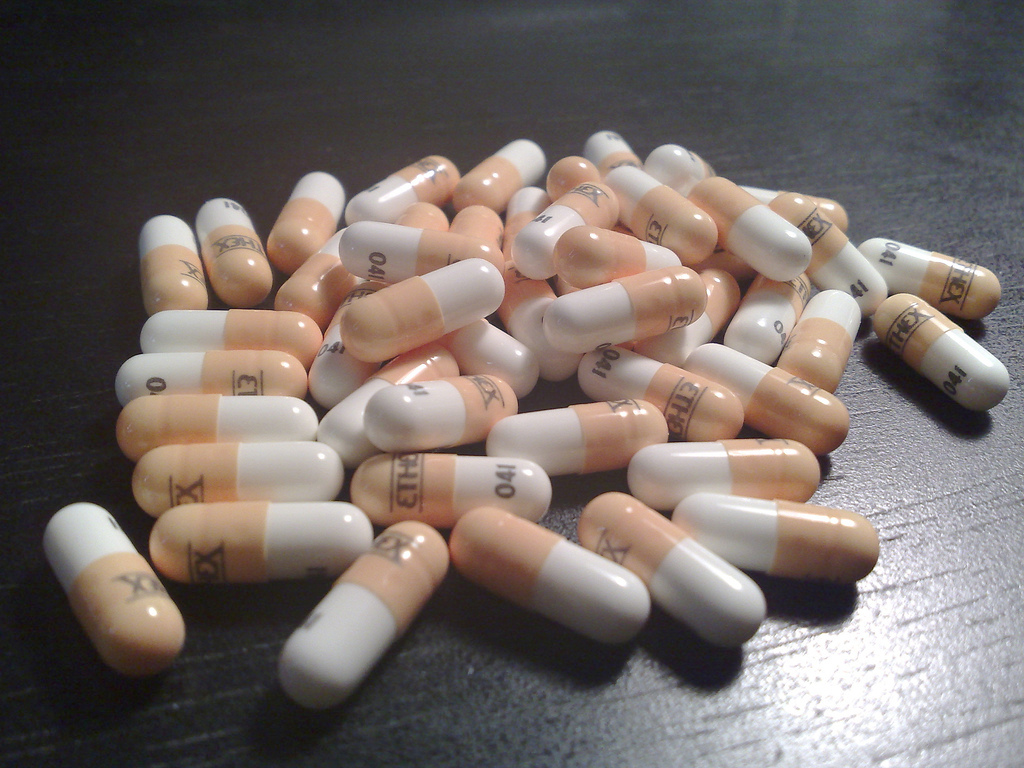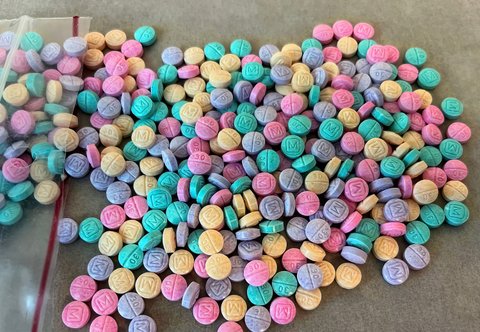
05 May Street Soldiers Radio: The ‘Perfect Storm’ That Led to the Opioid Epidemic

Interview, Dr. Joseph Marshall | Photo, Be.Futureproof Creative Commons
The opioid epidemic is being called the worst drug crisis in American history. But it’s no coincidence that we have this health problem on our hands. Dr. Phillip Coffin, director of substance use research at the San Francisco Department of Public Health, describes the “perfect storm” in the 1990s that set the stage for today’s opioid crisis. He spoke with Dr. Joseph Marshall, host of Street Soldiers on 106 KMEL radio.
Dr. Joseph Marshall: The word opioid, what does this actually mean?
Dr. Phillip Coffin: It means basically all of the drugs that are kind of like heroin or morphine. They all work on the same receptors in the brain, and generally produce similar effects. They’re really effective and fantastic pain medications.
JM: How did this whole thing start? It wasn’t intended to become an epidemic.
PC: Why did this happen in such an explosive way over the last 20 years? It all started with the War on Pain. You think of the War on Drugs in the 1970s that didn’t turn out so well, and you have the War on Pain in the 1990s that ran into some problems itself. War has a tendency to not work out so well for either party.
There were some doctors, mostly cancer doctors, who said, ‘Our patients are dying in pain and agony at the end of their life and we don’t have the medication to treat them. They want to have assisted suicide because we can’t help manage their pain.’
The only opiates that were available to manage pain were Percocet and Vicodin. These are opiates that have Tylenol, so you can only take a few at a time or you’re going to kill your liver. This limits how much you can take. And then when you go on to die, you go on a morphine drip and you get comfortable and pass away. There was no in between. There was no way to handle that severe pain that really debilitates people when they’re near the end of their life.
They needed opiates, or opioids, that they could dose at really high levels and that worked really well. In order to do that, they had to convince drug companies to make the opiates.
There’s not a lot of money treating people in the last year of their life. They want to make more money, so they want to be able to sell these opiates to anyone with pain. Part of the deal was, it wouldn’t just be the war on cancer pain; it would be the war on all pain. So that was sort of a compromise that was made.
What happened in the medical community was that there were laws passed that said, if you come in and say that you are in pain, I have to treat you. We have a pain scale of 1 to 10, and if you come in and say your pain scale is more than a 3, then I have to treat that as if I had checked your blood pressure and it was sky high and about to kill you.
What that means is that as a physician, if I don’t do something about it, I could lose my accreditation.
JM: A pain scale? You’re bound by law, I guess.
PC: Yes, we’re bound by law to respond to the pain scale. And that was pushed through by the well-intending physicians who were trying to improve the management of pain and to get doctors to take pain seriously, and also by the drug companies that had an ulterior motive with wanting to sell more products.
Then you have a couple of other things that came at the same time, which were a fascinating coalescence of various societal factors. You had the elimination of welfare and the welfare-to-work program. A lot of people who relied on that system of state support couldn’t get it anymore, and they may have gone to their doctor.
Let’s say they lived in a mining town in Appalachia and they had a back injury and they couldn’t mine anymore and the only thing they knew how to do was mine. Unless they wanted to move another part of the country, there’s no other job they could get. So they go to their doctor and say, ‘I can’t do this anymore, Doc. What can I do?’
The doctor puts them on disability because it’s the only way to get them some funds, but their disability is rejected because you have to be actively treated for the disease you are on disability for. The active treatment for pain was becoming opiates and opiates alone, so we had to put people on opiates.
Dr. M: So, not necessarily that they need them, that there was maybe even actual pain, but the fact that they had to show that they were being treated in order to get the funding.
PC: Yes, it was another motivation to put someone on opiates, was to make sure they could get on disability.
The other piece to this is the change in health care financing. In the 1990s, you have the Clinton-era healthcare reform where HMOs emerged. HMOs didn’t really exist before the ‘90s. The HMO companies said, ‘Hey, opiates work great and they’re cheaper than anything else for chronic pain, so we’re not going to pay for anything else.’
So you ended up with doctors who had to deal [with patients who] had a pain level above a 3, so they had to do something about it, and they needed to be treating pain in order to get someone on disability, and insurance companies wouldn’t pay for any other treatment. So you ended up with a perfect storm that set the stage for the opioid epidemic.
We had mandatory education for all active physicians that was mostly provided by the opiate-producing companies where they said opiates are the first and best treatment for chronic pain and you should use as much of them as possible.
That was mandatory education for doctors around the country. It certainly set things up for opiates to be vastly overused.
At the same time, opiates are incredibly valuable and incredibly useful tools and the last thing we want to do is not use them when they should be used.
JM: I just have to ask you, how does it make you feel as a doctor? The concern in your voice just as a medical professional who does have to treat pain and knows that these things can be effective if used properly. How does this make you personally feel?
PC: I’m torn on this because I actually went into medicine to take care of people who use drugs. I worked in needle exchange programs and methadone programs. If prescribing opiates freely helps people who use heroin to not use heroin and reduced drug-related problems, then I would say it would have been a great success. But unfortunately the opposite happened. Now what we’re contending with is millions of people who probably never would have encountered heroin, who now have an opiate-use disorder. Now we have to contend with taking care of people who have this disease.
The most important thing in my work I really focus on is trying to make sure that our efforts to change the way we prescribe doesn’t mean dropping people out of care. Now doctors are being told not to prescribe opiates. I want doctors to take care of people and take care of the problems that we’re at least partly responsible for.





No Comments